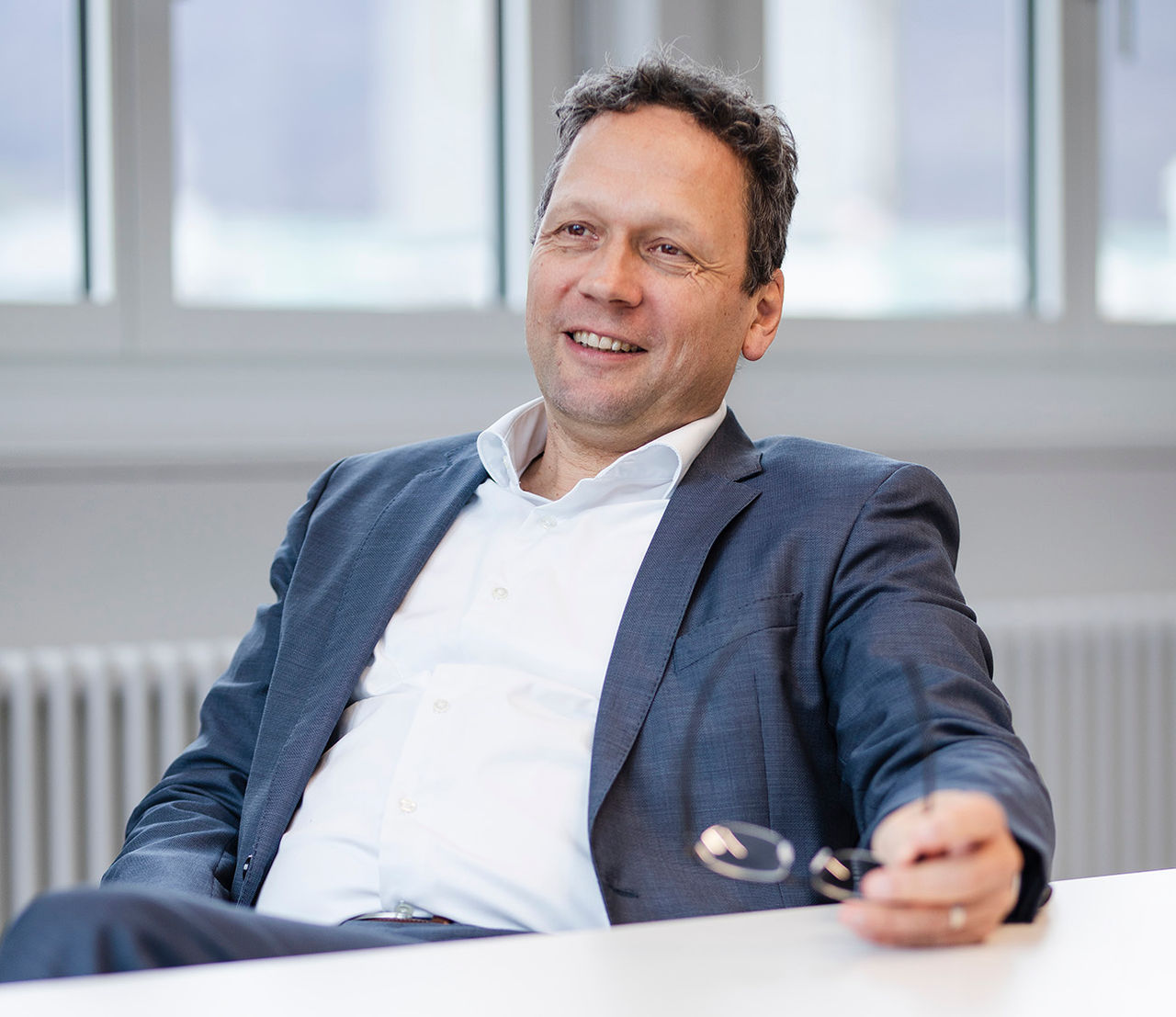Many promising approaches to the decarbonization of shipping are at advanced stages of development. Wind and sun, batteries and fuel cells, shore power and the addition of biofuels each have their proponents and viable projects already exist.
But this will not be enough to achieve the goal of marine decarbonization. These approaches can work, but only for smaller ships that stay close to the shore. The energy demands of large ships carrying containers, raw materials or several thousand passengers through deep seas cannot possibly be met with typical carbon-free approaches.
Electrification is limited by the weight of the power cells required for long voyages: “Batteries are still far too bulky and too heavy to play a significant role,” says Dirk.
Similarly, while biofuels might be useful in smaller, local projects, international shipping requires solutions that will scale way beyond current or potential outputs from this source: “There are nowhere near enough raw materials for this. It is highly unlikely that this will change – even if large elephant farms are set up in Africa,” says Dirk.
However, using biofuels as a supplement to other fuels or using batteries to cover peak loads means that these approaches still have relevance for large ship owners and operators. “We need to invest in every route that offers prospects for decarbonization today,” says Dirk.
The same consideration also applies to the use of liquefied natural gas (LNG), which is increasingly being used on large cruise ships, in particular. Compared to heavy fuel oil and marine diesel, LNG massively reduces air pollution and results in around 20% less CO2 emissions – which is a useful consideration. However, LNG is considered a limited, temporary solution, as it is another fossil fuel. In addition, the extraction, transportation and combustion of LNG fuels often leads to methane emissions, which are considered much worse than CO2 by climate experts.
Climate-neutral shipping is certainly technically feasible, says Dirk. But fossil fuel is still too cheap, and thus very attractive to shipping companies, while green energy is in short supply and can thus be much more costly.
A better alternative comes with new carbon-free fuels. “E-fuels are fuels based on hydrogen. This is produced from water and carbon dioxide via electrolysis using electricity from renewable sources,” says Dirk. “Climate-neutral e-fuels require that only green electricity is used in production, that is the key point,” he emphasizes.
 Dirk Bergmann, Chief Technology Officer at Accelleron
Dirk Bergmann, Chief Technology Officer at Accelleron
Methanol could be the answer
The production of “green” hydrogen requires “green” electricity – generated from sources like wind and solar plants – and there is currently a global shortage of this electricity. In addition, the use of hydrogen as a marine fuel is problematic: in gaseous form, its energy density is far too low to be stored in large quantities in tanks, and it has to be cooled to minus 253 degrees Celsius to turn into a liquid. This in turn requires complex technical measures that add considerably to the difficulty of using the raw form of the element in shipping.
The potential of “green” hydrogen therefore lies in the possibility of using it as the basis to produce other, CO2-neutral, e-fuels. Methanol is one of the front-runners among these alternatives. “Methanol is relatively easy to produce, becomes liquid at low pressure, is easy to tank and store and is biologically degradable,” says Dirk. Some cargo ships are already running on methanol, and new cruise ships are being equipped with methanol-capable engines.
But here too, climate neutrality requires methanol to be generated synthetically from renewable energy sources. As Dirk says: “E-methanol, although easy to produce, is still far from being available in sufficient quantities and at competitive prices.” The construction of sufficient new production plants is still in its infancy. What is also required is the development of a global distribution infrastructure because, as Dirk observes: “Even the best new fuel will not achieve a breakthrough if there is no distribution.”
In short, it involves costly investments in plants and infrastructure, and this requirement is ultimately subject to economic and socio-political mechanisms. “The production of fossil CO2 must incur significantly higher costs so that sustainable fuels can keep up in terms of price,” explains Dirk. Because, as long as the price of dirty heavy fuel oil is significantly lower than that of new e-fuels, competition threatens to undermine the desired climate-neutral effect.














